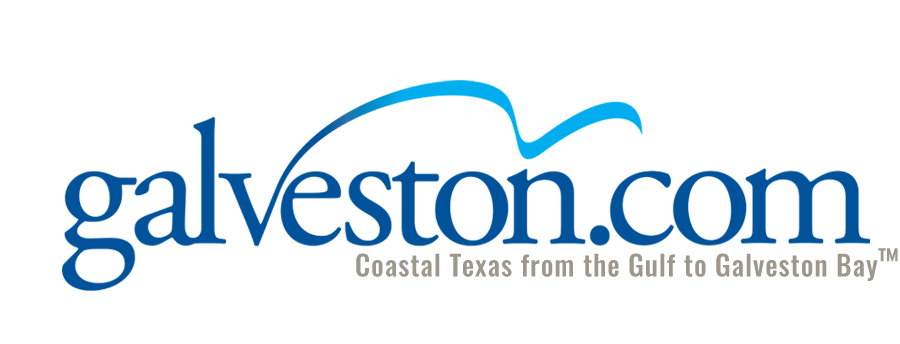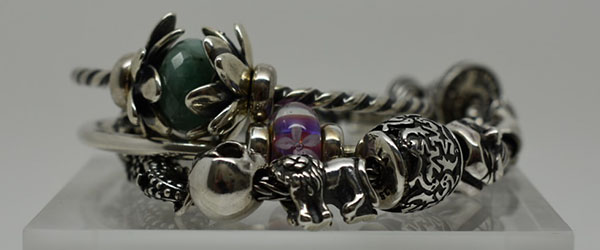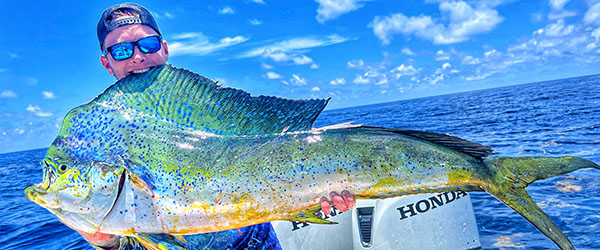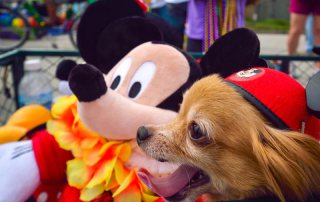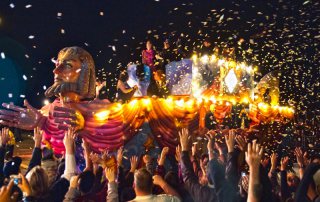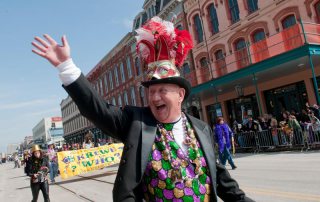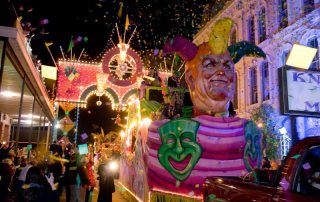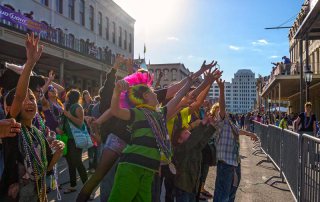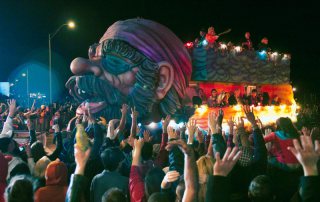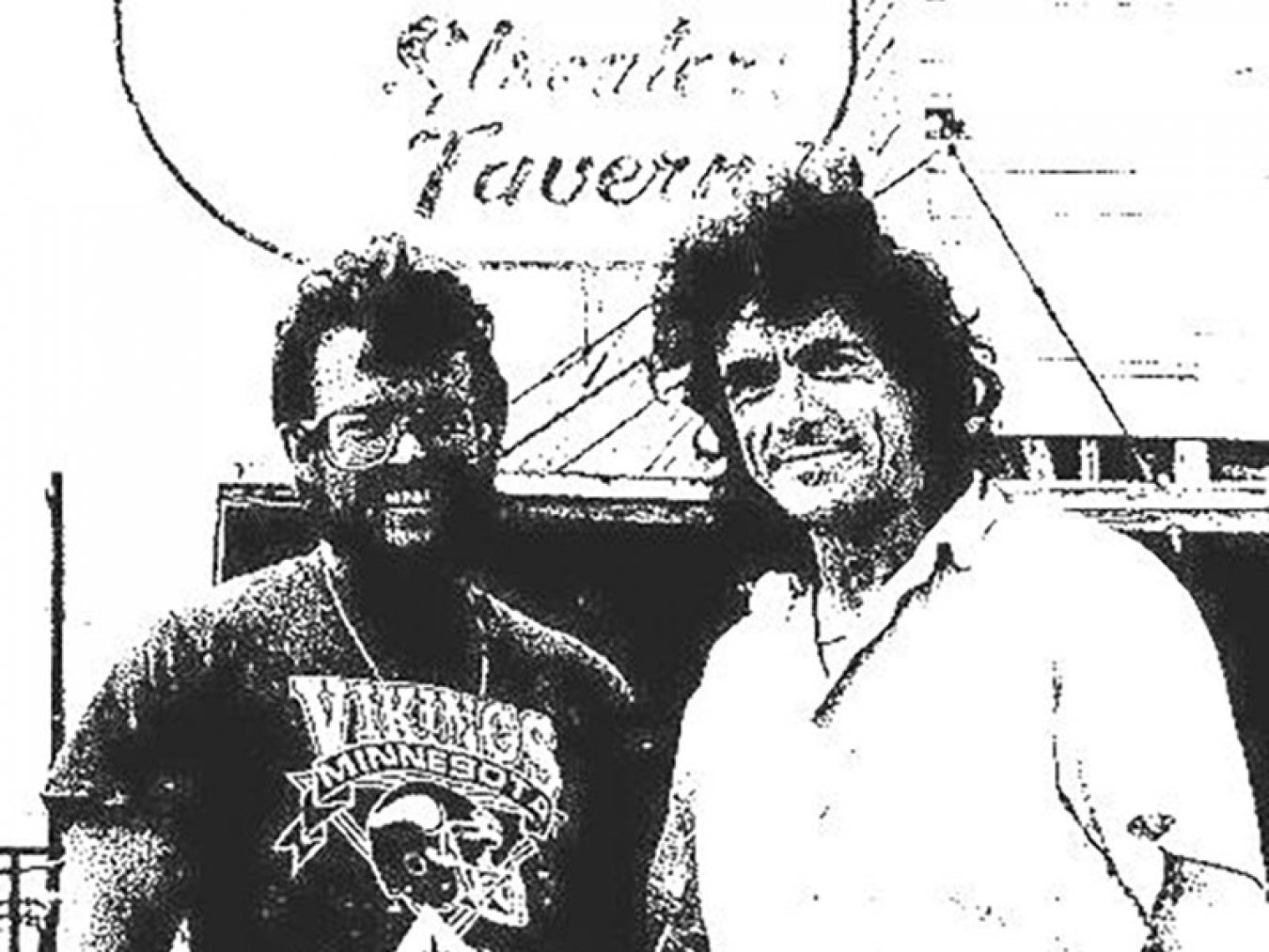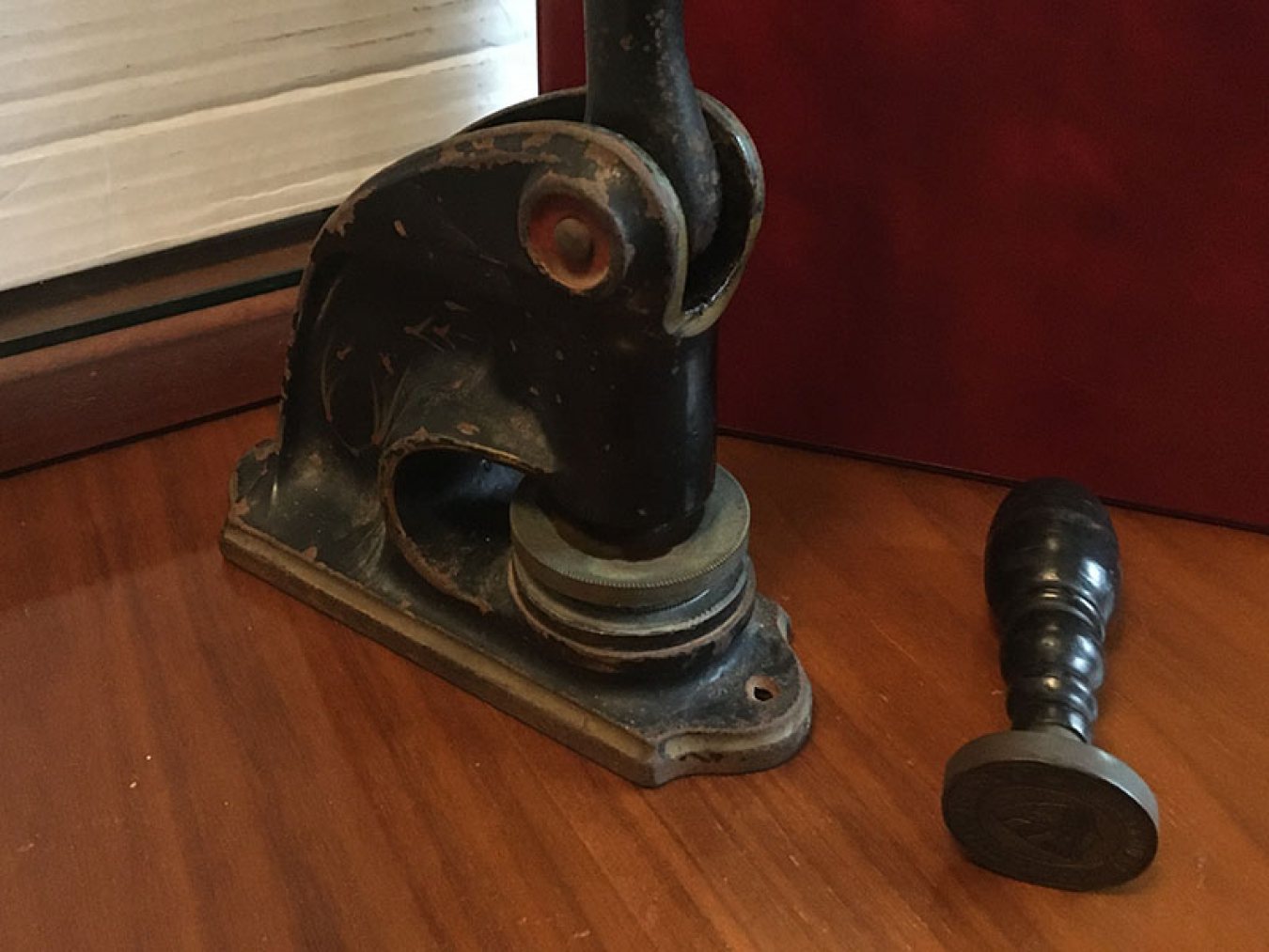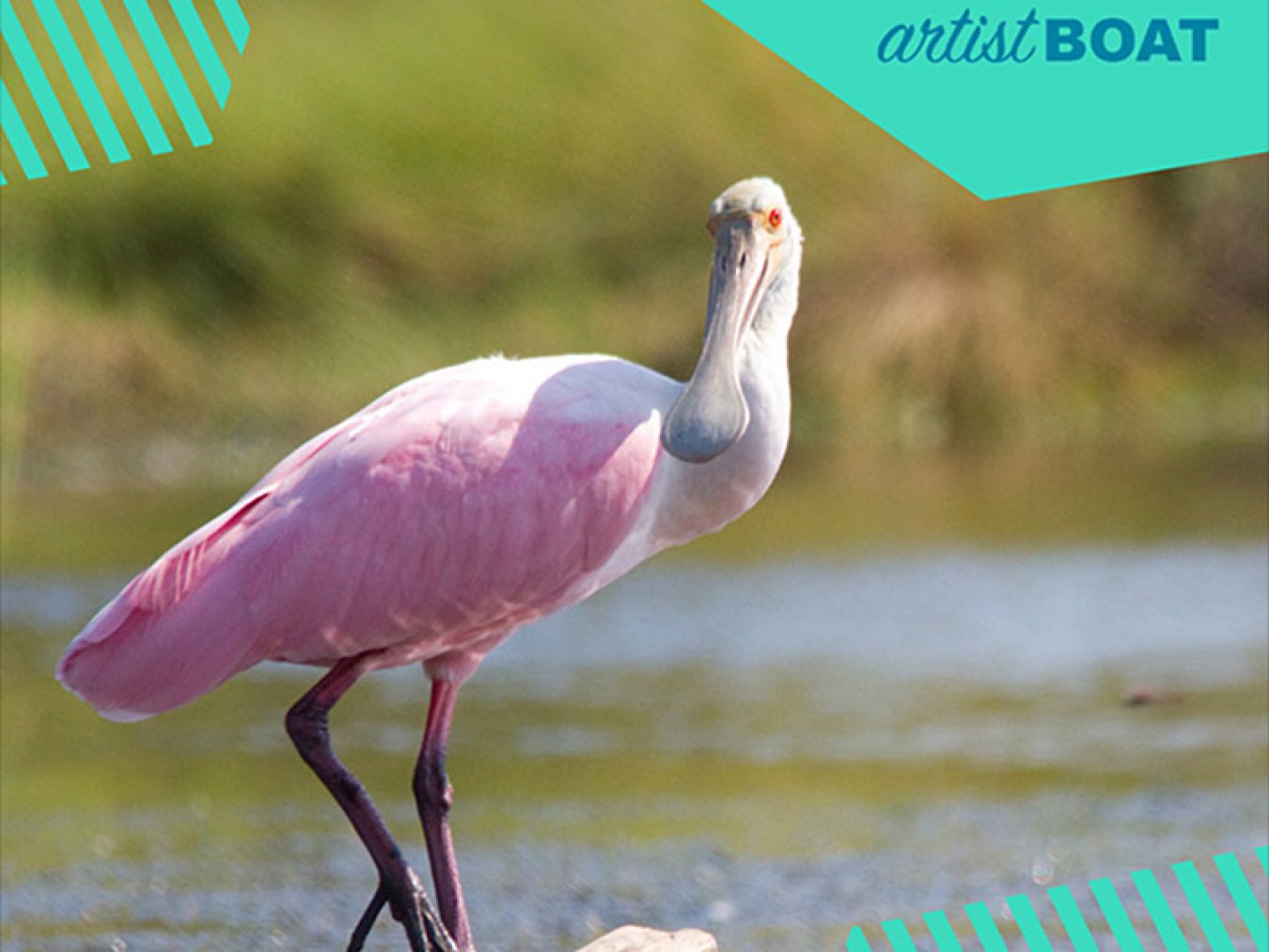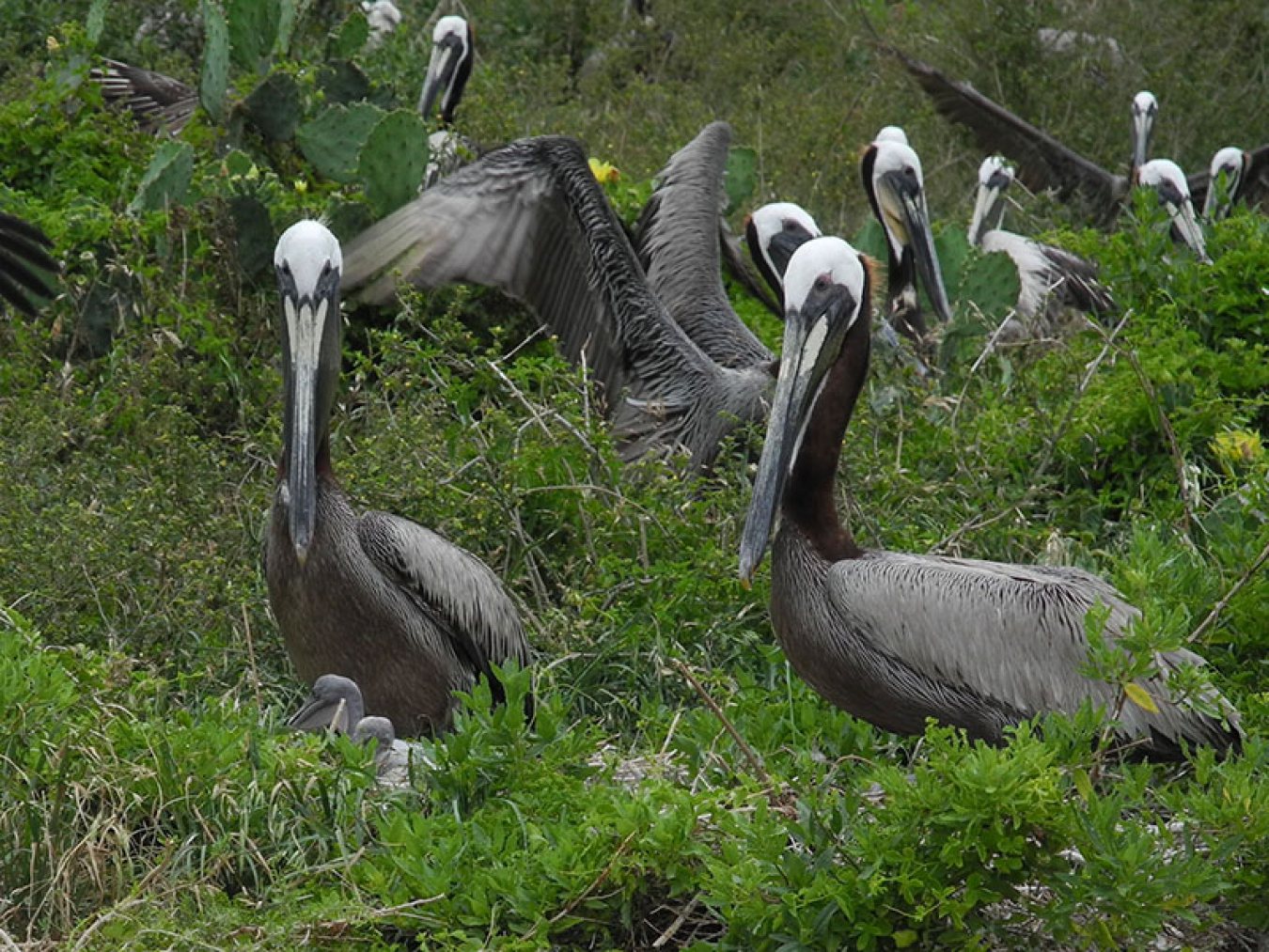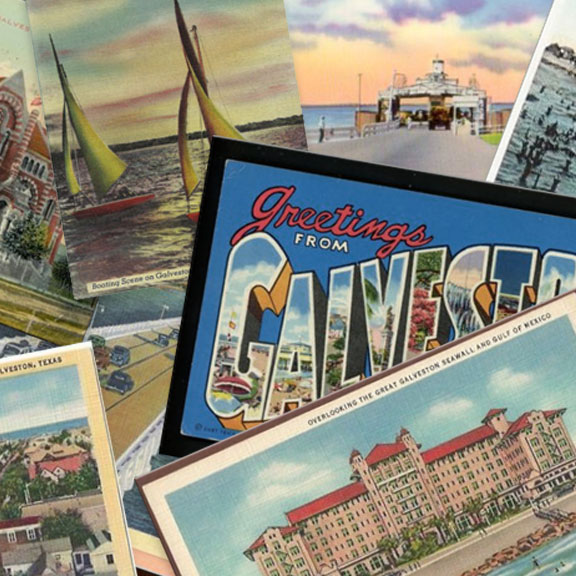
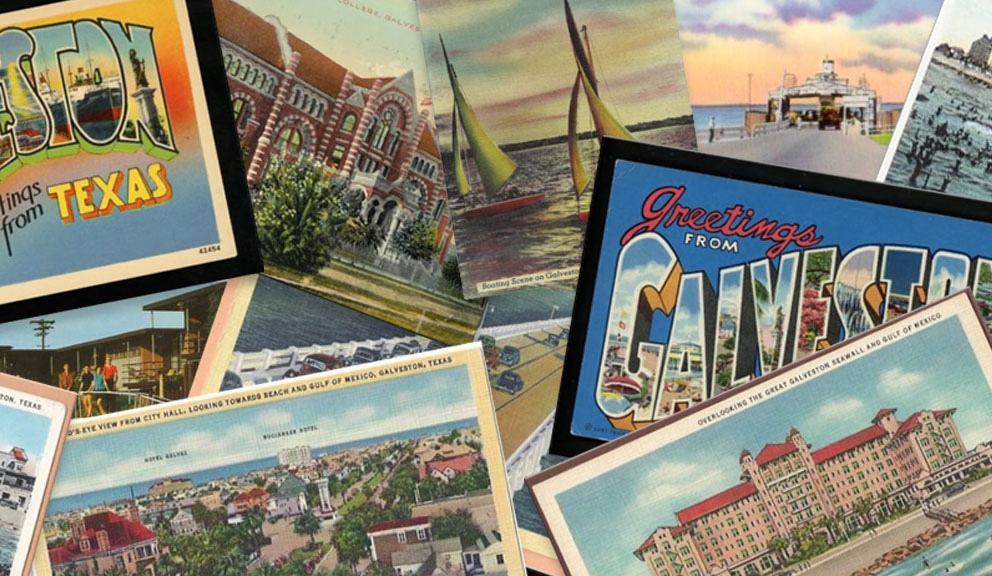

History of Mardi Gras! Galveston
Celebrating the Myth & the Magic Since 1867
Today, Mardi Gras! Galveston is the third largest Mardi Gras celebration in the United States and offers the unique chance to experience sand between your toes and gorgeous beach sunsets while taking in the revelry and lavish parades known to dominate Galveston Island during carnival season. How this came to be, is explained below. For details about this year’s celebration, click here.
For tickets to the Mardi Gras! Galveston Downtown Entertainment District, featuring parades, concerts and balcony parties, click here.
Trollbeads Bracelets
We'll Get You Hooked Up!
Galveston’s first recorded Mardi Gras celebration, in 1867, included a masked ball at Turner Hall (Sealy at 21st St.) and a theatrical performance from Shakespeare’s “King Henry IV” featuring Alvan Reed (a justice of the peace weighing in at 350 pounds!) as Falstaff.
The first year that Mardi Gras was celebrated on a grand scale in Galveston was 1871 with the emergence of two rival Mardi Gras societies, or “Krewes” called the Knights of Momus (known only by the initials “K.O.M.”) and the Knights of Myth, both of which devised night parades, masked balls, exquisite costumes and elaborate invitations. The Knights of Momus, led by some prominent Galvestonians, decorated horse-drawn wagons for a torch lit night parade. Boasting such themes as “The Crusades,” “Peter the Great,” and “Ancient France,” the procession through downtown Galveston culminated at Turner Hall with a presentation of tableaux and a grand gala.
Not to be outdone, the Knights of Myth also sponsored a spectacular parade, which, according to a newspaper account, “suddenly sprang out of the bowels of the earth with torch lights, cars and horses.” This parade featured “Pocahontas,” “Scalawag’s Enemies,” and “Bismark’s Grand Band,” and ended at Casino Hall with similar themes and a gala.
In the years that followed, the parades and balls grew more elaborate, glittering with pomp and splendor and attracting attention throughout the state. So grand were plans for the 1872 celebration that newspaper reports declared that this Mardi Gras “promised to eclipse anything ever attempted on Texas soil.” The newly constructed Tremont Opera House, decorated with hundreds of caged canaries “trilling their gladsome voices,” provided a luxurious venue for the staging of tableaux (based on “The Pleasures of the Imagination”) and the evening ball.
By 1873, visitors from around the state were attending the festivities. Among them were Governor E.J. Davis and a party of state officials and legislators who rode in the Mardi Gras parade that year. Dubbed “The Eras of Chivalry,” the parade boasted brilliantly decorated floats fashioned after campaigns and characters from the 6th through the 15th centuries.
By 1880, the street parades proved too extravagant and expensive to continue. However, Mardi Gras masked balls continued to flourish through the end of the century. In 1910, the carnival parades were revived by an organization called the “Kotton Karnival Kids,” a group charged with staging parades for both Mardi Gras and the Galveston Cotton Carnival. This group gave its first dance on February 24, 1914, an historic date marked by Galveston’s first snowfall in 19 years.
The 1917 masked ball took on added glamour with the first official appearance of King Frivolous and his court, who arrived by “royal yacht,” paraded through the streets, and was presented by the mayor with the keys to the city. Characters in that year’s parade were taken from the “comic sheets.”
In 1918, due to the outbreak of World War I, the coronation was canceled and the celebration of Mardi Gras confined to a single day, but the festivities and the coronation of King Frivolous resumed the following year.
Until 1928, the Kotton Karnival Kids-who eventually changed their name to Mystic Merry Makers-continued to sponsor Mardi Gras parades and balls. Themes in those years included “Dante’s Inferno,” “Song and Story,” “The Passing Show,” and “Events of the Year.” The expense of producing the parades and celebrations forced the group to discontinue their sponsorship in 1929, but the Galveston Booster Club saved the day on short notice and continued to sponsor Mardi Gras events until merging with the Galveston Chamber of Commerce in 1937-at which point Mardi Gras came under the Chamber’s authority.
Brilliant and lavish carnivals were celebrated through February 1941, when shortages of men, material and a full commitment to the defeat of the Axis powers by the citizenry of Galveston caused the demise of Mardi Gras on the Island. For nearly 40 years, the annual celebrations were of a private nature, including those hosted by the Maceo family, the Galveston Artillery Club, the Treasure Ball Association and Holy Rosary Catholic Church.
In 1985, native Galvestonian George P. Mitchell and his wife, Cynthia, launched the revival of a citywide Mardi Gras celebration. The Mitchells had long dreamed of restoring the Island’s splendid tradition, and the grand opening of their elegant Tremont House hotel in the historic Strand District provided the spark to do so.
The first year’s spectacular revival featured a mile-long Grand Night Parade saluting “The Age of Mythology.” Nine dazzling floats created by renowned New Orleans float-builder Blaine Kern and hundreds of musicians in marching bands were led by famed jazz clarinetist Pete Fountain through The Strand to the delight of 75,000 cheering spectators. A gala ball, the first Galveston Artwalk and musical performances rounded out a week of festivities.
That same year the 1871 Knights of Momus were revived by several Galvestonians and continues today.
Mardi Gras! Galveston now annually attracts as many as 250,000 revelers throughout the island, which provide a significant boost to the island’s midwinter economy.
Navigating Galveston
At 32 miles long and two-and-a-half miles wide, the island is surrounded with incredible history and unique beauty – and easy to get to and around. If you’re staying on the Seawall or in the Strand Historic District, you can easily explore the city by renting bikes, hopping an historic trolley, or hailing an Uber or taxi. Coming to or leaving the Island? There are a number of limo and bus services, as well as the free, 24-hour Galveston Island Ferry link to the Bolivar Peninsula.
Related Articles
Submit an Event
If you’d like to submit an event for consideration in our calendar, please click here.
